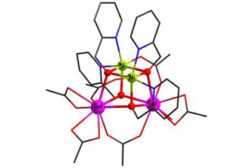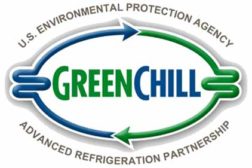Home » alternative refrigerants
Articles Tagged with ''alternative refrigerants''
EnVisioneering Symposium Examines HCs, CO2, and More
Read More
Researchers Develop 'Easy-to-Create' Compound for Magnetic Refrigeration
Material Is Simpler to Produce, and Therefore Cheaper, Than Simply Using the Rare Earth Mineral Gadolinium
Read More
Developing Next-gen Refrigerants
It’s Time to Get Involved in the Ongoing Development of New Refrigerants
October 20, 2014
Coolers and Concerns
Manufacturers Report on Refrigeration Developments
September 22, 2014
HVAC Contractors Adapting to Changes
Keeping Up With Refrigeration Sector
September 8, 2014
China Reveals Energy Plan Slashing HFC Use
Government Intends to Accelerate the Destruction of HFCs and Pursue Alternatives
Read More
July 1, 2014: EPA Proposes Approval of Hydrocarbon Refrigerants in Select HVACR Applications
This Proposed Action Would Expand the List of SNAP-Approved Substitutes
July 1, 2014
Airedale Chiller with Low-GWP HFO Refrigerant to Cool New John Lewis Store
R-1234ze Has a Global Warming Potential Lower Than One, Better Than CO2
June 9, 2014
The Business of Refrigeration Is Global in Nature
Refrigerants, Carbon Credits, GreenChill Draw Interest
Read More
Copyright ©2024. All Rights Reserved BNP Media.
Design, CMS, Hosting & Web Development :: ePublishing











